Forfar has a long history with the Guide Dogs charity going back nearly 60 years.
Around 8,000 dogs have been trained to date at the Angus operation.
There are around 45 staff and more than 150 volunteers at the site, which can train up to 160 dogs per year.
Forfar is Guide Dogs’ main centre for Scotland.
The association’s teams in Forfar, Edinburgh and Glasgow provide life-changing mobility services to people with sight loss.
Formation of Guide Dogs charity
Wendy Kinnin, head of canine assisted services at Guide Dogs Scotland, said: “In 1931, Muriel Crooke and Rosamund Bond started training dogs to support servicemen who had lost their sight in the First World War.
“Inspired by projects in America, Germany and Switzerland, these remarkable women organised the training from a humble lock up garage in Wallasey, Merseyside.
“Back then, the idea was pretty radical, but the impact was immediate.
“Within six months of meeting German Shepherd dogs Flash, Folly, Meta and Judy, their new owners reported finding a freedom and independence they had not known since before the war.”
Three years later, the Guide Dogs for the Blind Association was formed.
Since then, 36,000 lives have been transformed through a guide-dog partnership and thousands more as the charity has developed and expanded its services.
Charity’s focus on creating relationships
Guide Dogs UK is now responsible for 8,400 puppies and dogs at any one time.
The charity is one of the only organisations globally that breeds and nurtures dogs throughout their lifetime – with more than 300 trainers, and 4,600 dog partnerships supported.
Wendy said: “Guide Dogs is expert in creating and nurturing strong relationships between people and dogs.
“Every partnership is built on trust after considering the needs of each person and dog to find the perfect match.”
The original Guide Dogs training centre in Forfar was the first in Scotland. It was on the old Dundee Road and was opened in 1965 by Princess Alexandra.
In 2008, Guide Dogs officially moved to its current Forfar base at Orchardbank Business Park.
Wendy said the Angus training school is world-class.
“It has an outdoor area where our dogs can get used to different paving types, traffic lights and obstacles such as bollards and road signs,” Wendy said.
“Our kennels were designed in an L shape. That means the dogs can see and interact with each other and staff.
“The dogs go on to be valuable guides and companions to people all over the UK.”
Wendy said it is not only important for dogs to be able to guide a person safely, but also for them to be comfortable in different environments.
That involves a range of training to make sure the dog can settle in social situations.
Angus guide dog volunteers wanted
Guide Dogs is almost entirely dependent on donations for its funding.
Wendy thanked all the volunteers, and local businesses that support the charity.
She added: “Without our amazing volunteers, we would not be able to change as many lives as we do.”
Guide Dogs is currently appealing for volunteer fosterers in Angus. It needs volunteers to look after trainee guide dogs at evenings and weekends.
As a fosterer, locals would provide a temporary and loving home for a dog in training.
Regional volunteering partner Emma Murton commented: “This could be perfect for someone who loves dogs, but can’t commit to looking after one full-time.
“It also means they can enjoy the benefits of a dog without the added expense. We will cover their food and vet costs.”
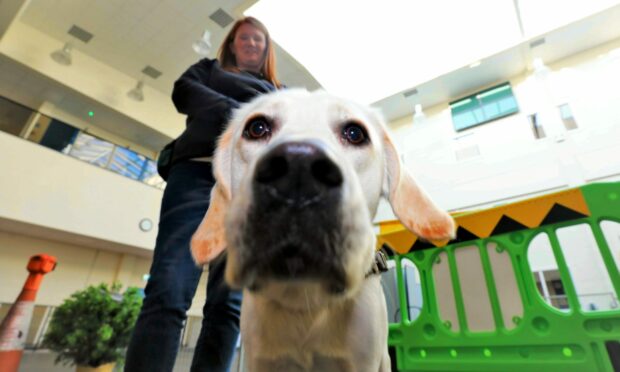

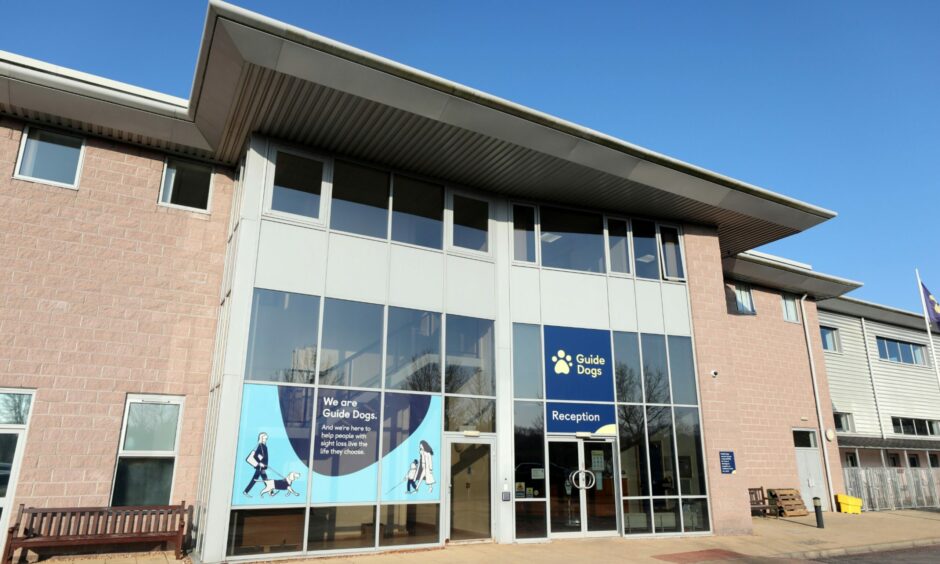
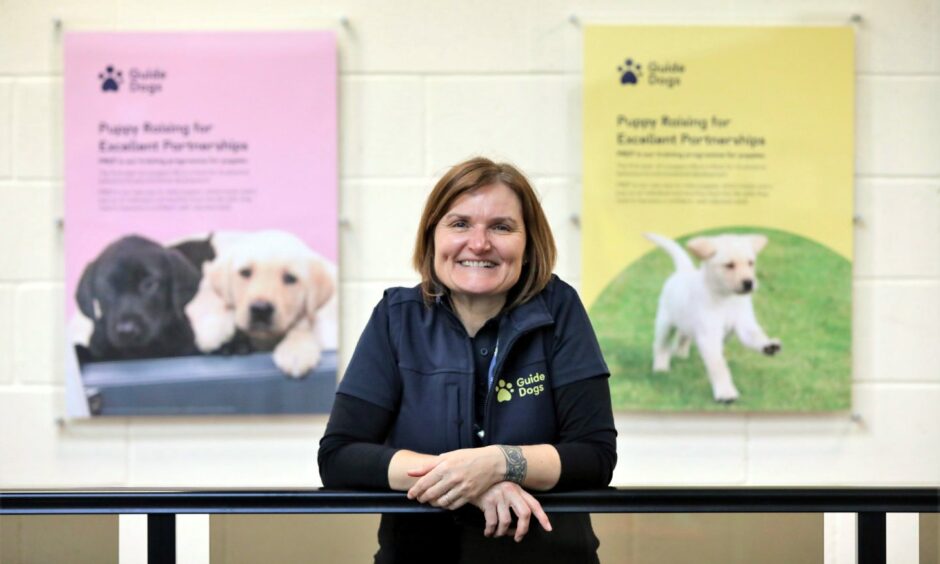



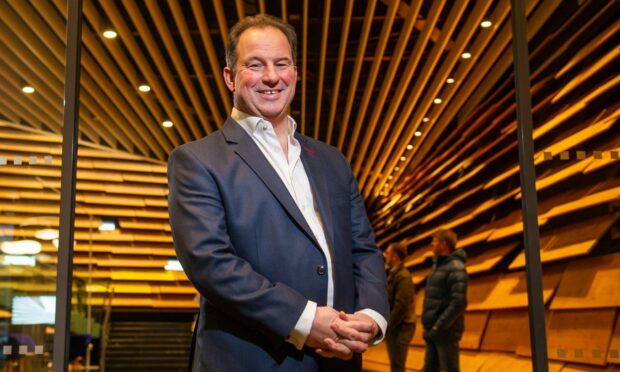


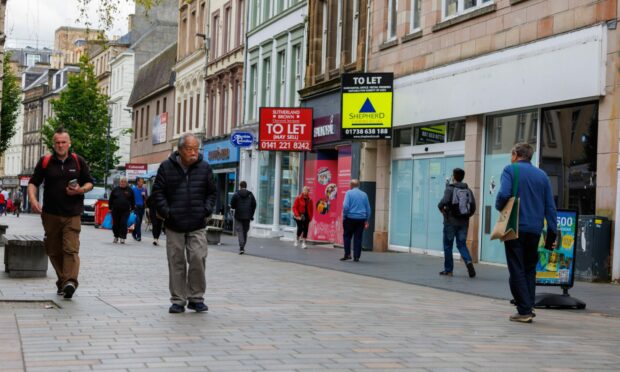
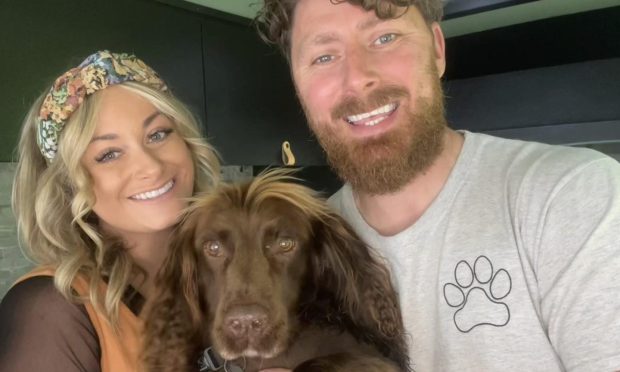
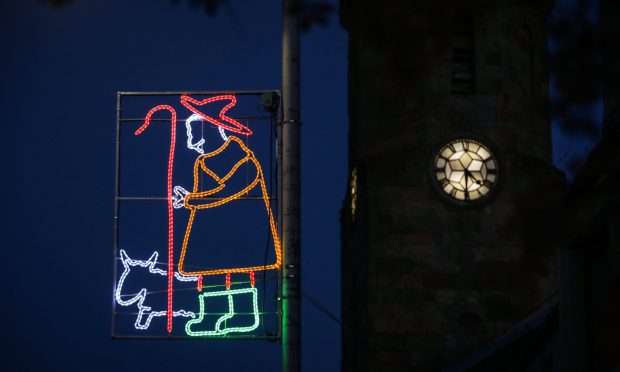

Conversation